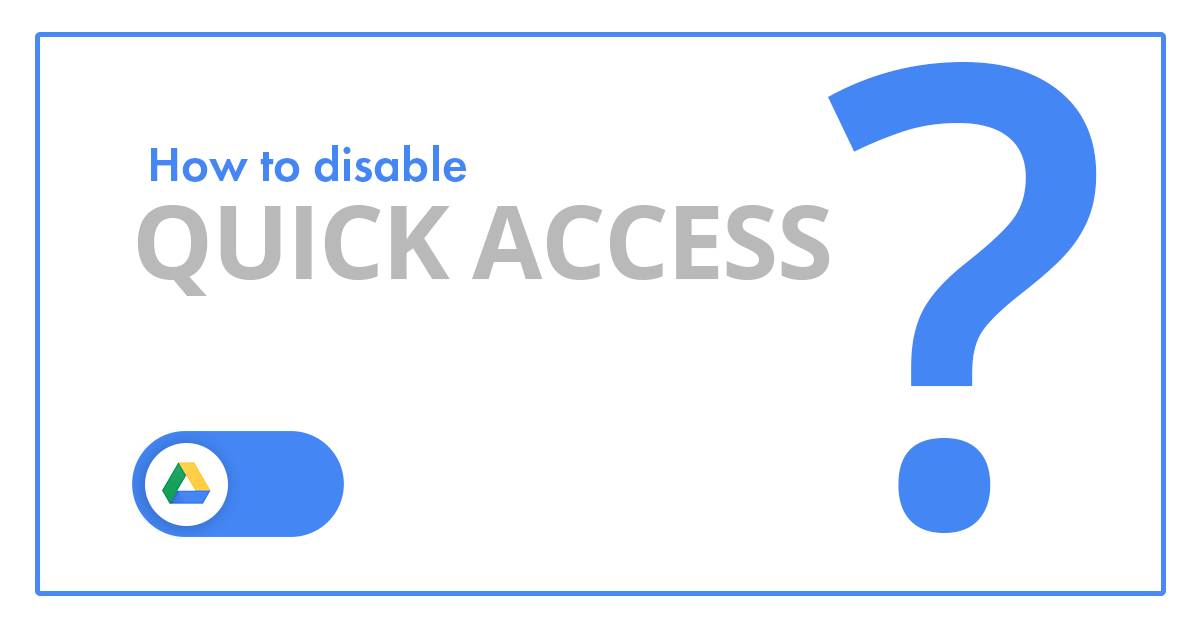

If you are using Google Docs in Chrome, you can get an extension that enables you to work offline on files. It will cache whatever file you are working with on your computer, and should you lose connection, it will attempt to resync any changes made afterward. They will be streamed from Google's cloud and so you will need internet access to interact with them. Note: the files in your G: drive are not stored on your computer. You will notice both your My Drive and Shared Folders are inside and can open either one. By default, it will be assigned G: but that can be changed in preferences if you prefer. If you click on the button or open a File Explorer window, you will find it in your quick access and/or further down where the Drives are listed. If you proceed to its final slide, there will be a button to open your Google Drive. If you have 2fa setup on your NMU gmail account, you will be prompted to provide authorization similar to below.Īfter that, Google Drive for Desktop will be setup. Select Install and then sign in with your NMU email and password. You can choose to create shortcuts to the Drive and to Google's apps. Once you've downloaded the installer (located here), open it to begin installation. If already have Google Drive for Desktop installed but need to get to its settings, see below. Note that disabling showing frequently used folders removes them from both the Quick Access menu in the navigation pane and from the main Quick Access view you get when you open File Explorer or click the Quick Access folder.Note: Drive for Desktop was previously called Google File Stream and still is currently on Macs (changed 2-4-2021).īefore using as a backup solution, please read the warning note at the bottom of the page. To remove a folder from quick access, right-click it and select the “Unpin from quick access” option. You can now add your own favorite folders to the quick access list by dragging-and-dropping them there or by right-clicking a folder and choosing the “Pin to Quick Access” option.

In the “Privacy” section at the bottom, disable the “Show frequently used folders in Quick access” option.

In File Explorer, click the File menu, and then select “Change folder and search options.” You can turn that off, though, and use it just like the tried-and-true Favorites list if you want. It really works the same-letting you pin favorite folders-but adds frequently-visited folders automatically to the list. The Quick Access list takes the place of the old Favorites list. Stop Showing Favorite Folders or Recent Files in Quick Access And before you ask: no, Windows still doesn’t provide an easy way to have File Explorer automatically open to a folder other than Quick Access or This PC.


 0 kommentar(er)
0 kommentar(er)
